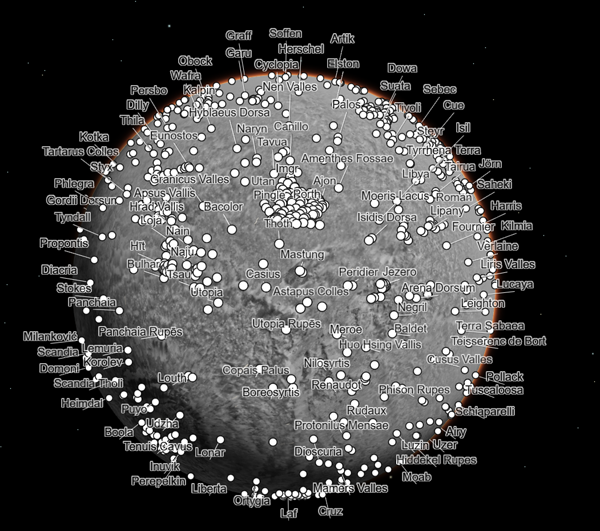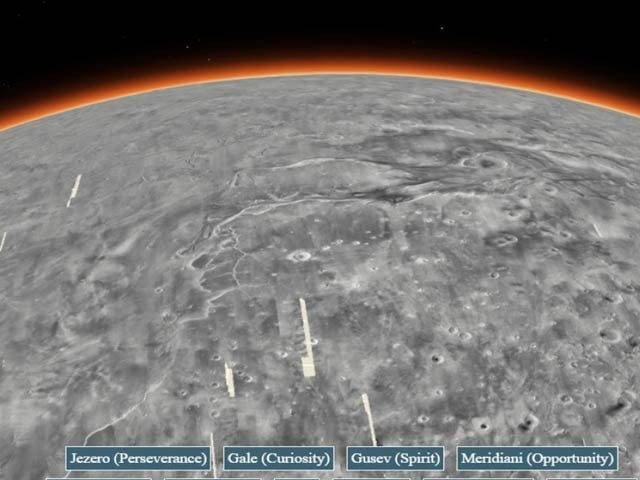
A detailed map of Mars has been created from millions of images taken by NASA spacecraft. Photo: Courtesy of NASA
Berkeley, California: The American space agency NASA has released a very detailed map of the planet Mars on more than 100,000 images, which is also the most detailed map of the surface of the red planet so far.
Using data from NASA, experts at the California Institute of Technology (CalTech) have used it. A pixel in this represents 16 feet or 5 meters and is considered a nearly complete map.
Thanks to NASA’s magnificent Mars Reconnaissance Orbiter (MRAV), which has spent 17 consecutive years in low Martian orbit, mapping 99.5 planets in detail. When the digital images were combined, a total of 5.7 trillion pixels made it easy to see a 5-meter surface of the Martian surface or any terrain.
On the other hand, it is also the clearest and cleanest surface map of Mars. The map starts with a rotating sphere but images sometimes explode when zooming. But zooming in, you can see the hills, valleys, craters and plains in great detail.

At one point it feels as if you are standing on Mars with rugged features on the sides. But if you want to visit only the important places, the shortcuts are available below.
Also, if you want to see the locations of Curiosity, Opportunity, Spirit and Preservation Rover (Mars rovers), this facility is also available. Apart from this, the paths through which these space vehicles have passed can also be noted. Apart from this, the famous Mount Olympus of Mars is also waiting for you.
It should be noted that a special algorithm has been created to avoid any possible error in the preparation of this map. The same algorithm has combined the images into a grid. Undoubtedly, this is a wonderful effort.
(function(d, s, id){
var js, fjs = d.getElementsByTagName(s)[0];
if (d.getElementById(id)) {return;}
js = d.createElement(s); js.id = id;
js.src = “//connect.facebook.net/en_US/sdk.js#xfbml=1&version=v2.3&appId=770767426360150”;
fjs.parentNode.insertBefore(js, fjs);
}(document, ‘script’, ‘facebook-jssdk’));
(function(d, s, id) {
var js, fjs = d.getElementsByTagName(s)[0];
if (d.getElementById(id)) return;
js = d.createElement(s); js.id = id;
js.src = “//connect.facebook.net/en_GB/sdk.js#xfbml=1&version=v2.7”;
fjs.parentNode.insertBefore(js, fjs);
}(document, ‘script’, ‘facebook-jssdk’));



